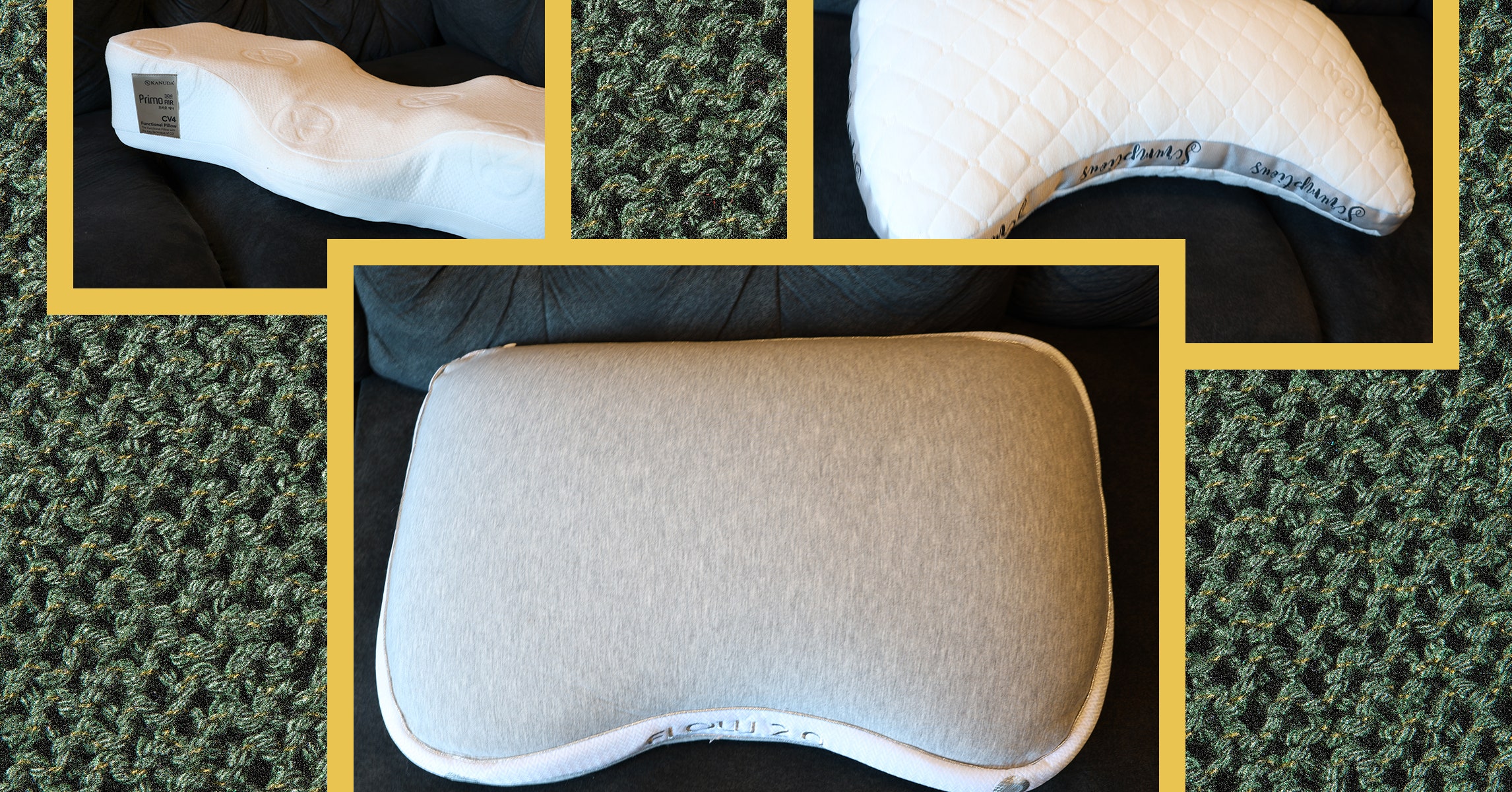
Finding the best pillow for your needs can be an agonizing ordeal. Get something that’s too firm, too soft, or just not quite right for your head, and you can wake up with a lot of pain the next day. Never fear, WIRED is here. We’ve tested nearly a dozen pillows, using each one for several weeks if not longer to get a sense of how comfortable they are, how well they hold up to repeated use, and what sleeping styles they’re best suited for. These are our top picks, but there are an innumerable number of pillows out there. We’ll update this guide as we test more. All of the prices below are for the queen-size version unless otherwise specified.
If you want to get even better sleep, check out our Best Mattresses, Best Organic Mattresses, Best Sheets, Best Bed Frames, and Best Weighted Blankets guides.
Update March 2024: We’ve added the Purple Freeform Pillow, Purple DreamLayer Pillow, Snuggle-Pedic Adjustable Cooling Pillow, and Parallel High Profile Pillow. We’ve also added more detail about what to look for in a pillow, and a section about pillowcases.
Special offer for Gear readers: Get WIRED for just $5 ($25 off). This includes unlimited access to WIRED.com, full Gear coverage, and subscriber-only newsletters. Subscriptions help fund the work we do every day.
What Kind of Pillow Do You Need?
You might think a pillow is a pillow. It just has to be soft and fit under your head, right? Your head, neck, and back disagree. Whether or not you get a good night’s sleep can depend heavily on your pillow, so when choosing one, here are a few key questions to ask yourself to find the best pillow.
What kind of sleeper are you? Do you sleep on your back, your side, or your stomach? Do you stay relatively still, or do you toss and turn a lot? Do you usually have one pillow under your head, or do you cocoon yourself into a pillow chrysalis? This is probably the most important thing to keep in mind when deciding what type of pillow works best for you.
What is the pillow made of? These days, pillows come filled with a pretty wide variety of materials. Down and synthetic down are fluffy clusters of fiber that can feel soft and comfortable, whereas memory foam is designed to compress with the weight of your head, but still return to its previous shape. There are also hybrid pillows that use multiple layers of different materials for a more structured feel.
How firm is it? However you sleep, you’ll want a pillow that keeps your spine straight and your head aligned with your back. That means you want something firm enough to support your head, while still being soft enough that it doesn’t dig into your face or skull.
How lofty is it? “Loft” is a term often used to describe how high off the bed the pillow keeps your head. If a pillow is too tall, for example, you might end up with your neck tilted upwards, straining it throughout the night. Most pillows typically fall into one of three categories: Low Loft, which is relatively short and ideal for back sleepers; high loft, which is better for side sleepers (since your head will be further off the bed than when you’re on your back); and medium loft, which is somewhere in the middle and best if you’re a combination sleeper that doesn’t stick to one particular sleep style.
What is the pillow’s warranty and return policy? You might not think the pillow you sleep (and sweat and drool) on would have a robust warranty, but many pillow manufacturers offer generous policies. For example, Purple offers a 1-year warranty and even a 100-night trial period. Casper has a similar warranty and a 30-day trial. If you’re unsure whether your new pillow is right for you, check out the company’s policies to see what leeway you have to try before you commit—and make sure you’re protected if something goes wrong.
Services Marketplace – Listings, Bookings & Reviews
